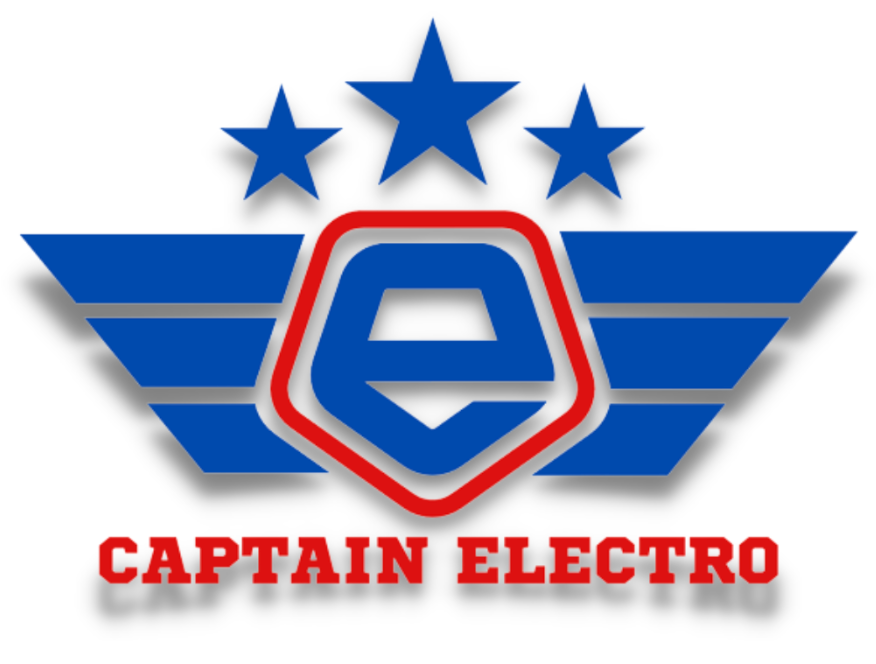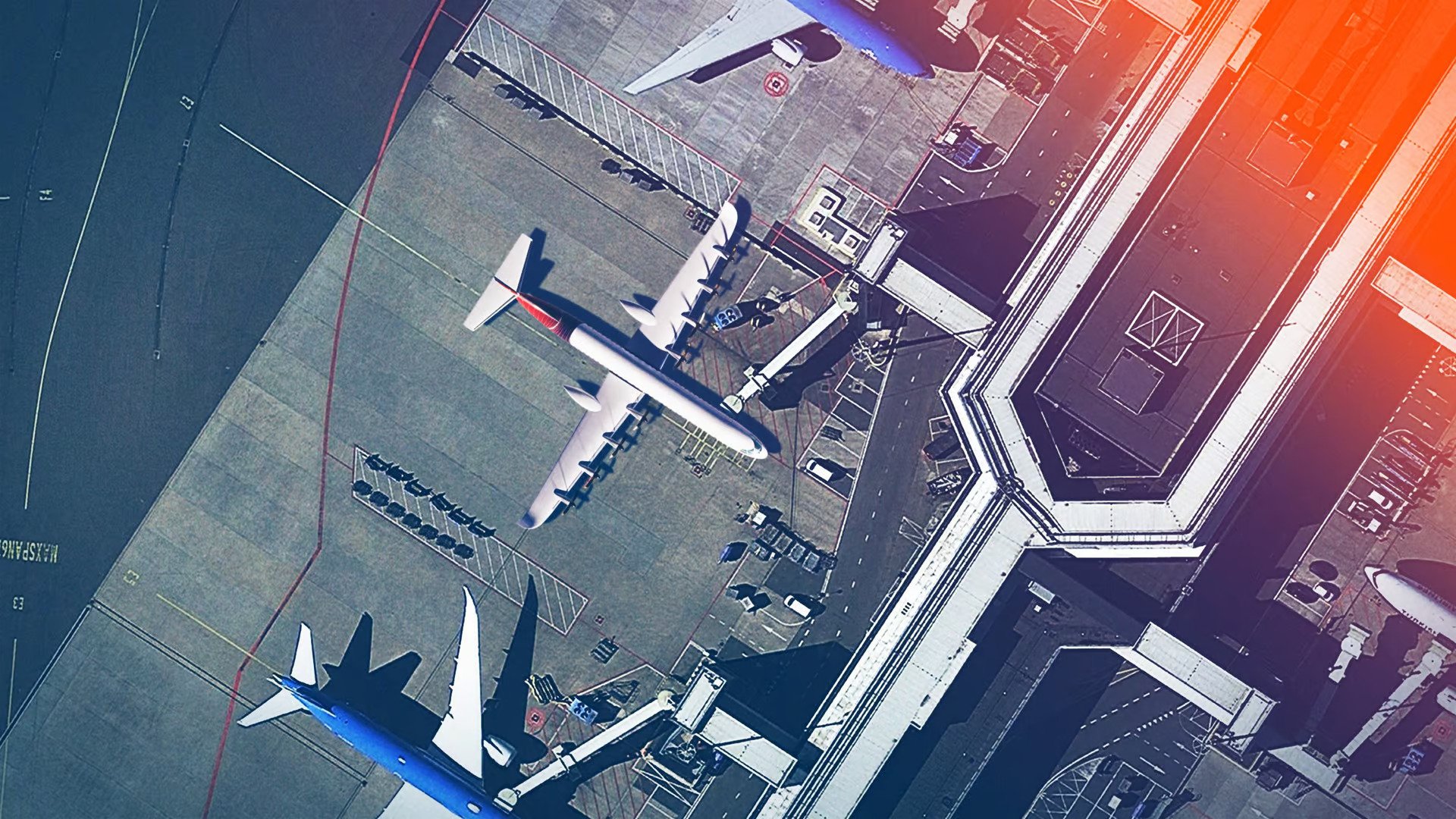Elysian's Take on Electric Air Travel: Jumbo Jets on Batteries!
Ah, the world of aviation – where dreams soar as high as the skies themselves, and where innovation takes flight, quite literally. In this fantastical realm of flying machines, we've seen it all, from biplanes to supersonic jets, propellers to turbofans. But today, my dear readers, I present to you a tale that might just defy conventional wisdom and leave you both astounded and amused.
Elysian, a Dutch startup, is here to challenge our preconceived notions about electric air travel. They're not just aiming to make small, eco-friendly planes that buzz around like oversized electric toothbrushes. No, they're setting their sights on something far more audacious – jumbo jets powered by batteries!
Yes - Elysian wants to revolutionize the aviation industry by proving that battery-electric aircraft can cover distances that most of us believed would require the mystical powers of hydrogen. The name of the game here is the Elysian E9X, a 90-seat airliner that's designed to take you on a journey of 497 miles (800 km) using a battery pack that boasts an impressive 360 Wh/kg. And if you think that's impressive, keep in mind that Amprius was already shipping 450-Wh/kg cells back in 2022, and CATL launched a 500-Wh/kg battery just last year. So, don't be surprised if Elysian manages to hit the magical 621 mile (1,000 km) range mark.
Are you thinking what I’m thinking – "Why on earth would anyone believe that batteries can carry something as hefty as a jumbo jet across the globe?" Well, Elysian has an answer, and it's delightfully unconventional. They're harking back to the golden age of aviation – the swinging sixties, my friends. Back then, narrow-body aircraft were about as efficient as a leaky bucket, so they had to carry colossal amounts of fuel to cross vast distances. Elysian is taking a page from that era's playbook by designing a sleek, slim-fuselage, long-winged aircraft that places most of its battery mass in those expansive wings. The result? Bigger wings mean more lift and more lift means less energy required to fly plus less drag means more range! Pure magic.
Let's talk numbers. Batteries, my dear skeptics, are far more efficient than hydrogen, in any form you'd care to imagine. Elysian claims that you'll get five times more distance per unit of energy with a battery-electric airliner than with any hydrogen-powered contraption. And let's be honest, that's a consideration worth its weight in gold (or batteries) as we shift away from fossil fuels and toward renewables.
But before we get carried away with visions of electric air travel taking over the world, let me bring you back to reality with a bucket of icy cold reality. If Elysian is serious about this idea, they're going to need a boatload – no, make that a fleet of battleships – of dollars to pull it off. Designing, prototyping, testing, certifying, and mass-producing a 90-seat electric airliner isn't a walk in the park. It's more like a hike up Mount Everest with a piano on your back.
And let's not forget about the elephant in the airport hangar – charging infrastructure. These battery-electric behemoths will need charging stations that can pump out several megawatts of power. Plus, those batteries better be able to handle the load without throwing in the towel after a year or two of service. Or maybe we'll just swap them out like AA batteries in a TV remote. Sounds simple, right? Wrong.
So, my dear readers, as with all grand adventures in aviation, Elysian's quest to electrify the skies is not without its hurdles. But one thing's for sure – the skies need a makeover, and Elysian's audacious vision is a spectacle worth watching.
In 2033, they say the E9X will "take to the skies." Until then, we'll be here, keeping a close eye on this electrifying escapade. Who knows, one day, we might all be boarding jumbo jets powered by the hum of electric motors, and that, my friends, would be a shockingly good time!




